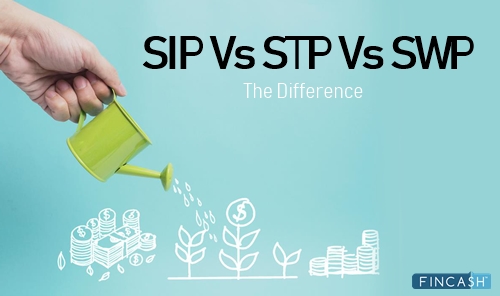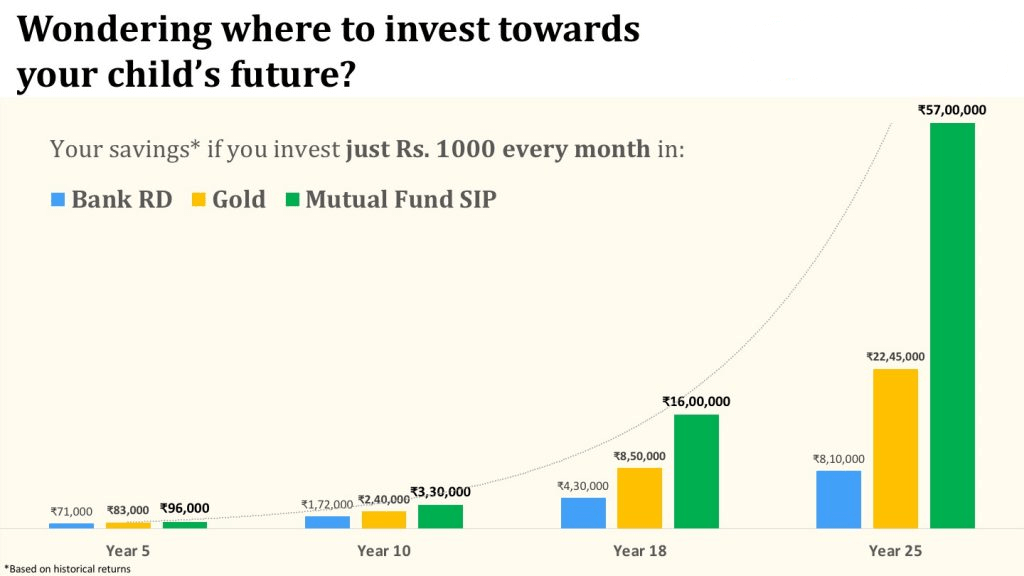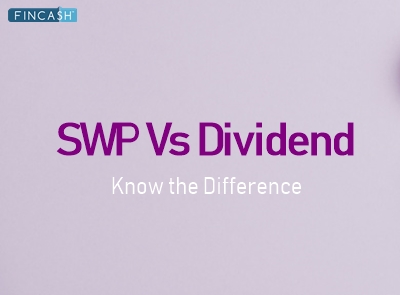
Table of Contents
FERA vs FEMA | Understanding the Key Differences
Following India's freedom movement and independence, the Indian Parliament enacted several regulatory acts to harmonise various sectors. Among these, the Foreign Exchange System emerged as a crucial area requiring government intervention. To address this, the Foreign Exchange Regulation Act of 1973 (FERA) was introduced to streamline foreign exchange regulations in the country. However, in 1999, the Foreign Exchange Management Act (FEMA) replaced the Foreign Exchange Regulation Act for specific reasons.
In this blog, we delve into the debate of FERA versus FEMA, exploring their differences and contributions to the Indian ecosystem.
What is Foreign Exchange?
Foreign exchange includes the conversion of one currency into another. For instance, exchange USD for INR or euros. The arena facilitating such transactions is the Foreign Exchange Market, often abbreviated as Forex. The Forex market is one of the most lucrative and liquid markets globally, attracting trillions of dollars in transactions. It comprises banks, brokers, institutions, and individual traders from around the globe.
The market dictates exchange rates, which determine the value of foreign exchange. Currencies are paired and traded in the Foreign Exchange, each with an associated price. What was once the domain of governments and large corporations has now become accessible to individuals worldwide. Many investment firms provide avenues for individuals to engage in Forex trading by opening accounts specifically for this purpose.
What is FERA?
FERA is the Foreign Exchange Regulation Act. It was implemented to streamline and simplify the foreign exchange system in India. The primary objectives of this regulatory act were to oversee foreign exchange transactions, manage imports and exports of currencies, and regulate transactions indirectly impacting foreign exchange. With 81 sections, FERA aimed to control foreign exchange dealings and conserve foreign exchange reserves in the country. However, due to its rigid regulations obstructing India's economic progress, FERA was eventually replaced by FEMA.
Here are some key provisions of FERA:
- The Reserve Bank of India (RBI) authorises companies or individuals to make foreign exchange transactions.
- The RBI can authorise dealers for foreign currency transactions and revoke this authorisation for non-compliance.
- Money changers who convert currency must be authorised by the RBI and adhere to specified exchange rates.
- Only authorised dealers are permitted to engage in foreign exchange transactions.
- Foreign currency must be used only for its intended purpose or sold to another dealer within 30 days if not feasible.
- Transactions with non-resident partners require permission from the RBI.
- Negotiations involving bills of exchange with payments outside India are prohibited.
- Credits into accounts outside India require RBI approval.
- Sending foreign currency out of India is only permissible for authorised individuals.
- Timely Receipt of foreign exchange is mandatory for individuals handling foreign exchange transactions.
- FERA received criticism from economic experts for hindering growth and creating obstacles to modernising Indian industries.
Talk to our investment specialist
What is FEMA?
FEMA is the Foreign Exchange Management Act. It succeeded FERA in 1999 to enhance India's foreign exchange framework and administration. Comprising 49 sections, FEMA:
- Established a structured management system for foreign exchange in India.
- Implemented transparent guidelines and regulations governing the foreign exchange market.
- Streamlined external trade and payments with a defined approach.
- Introduced a precise legal framework to oversee legal proceedings.
Here are some key provisions of FEMA:
- The Act authorised individuals to facilitate forex trading.
- It empowered the RBI to impose restrictions and mandated regular reporting of trading activities to the RBI.
- Indian nationals were permitted to trade in forex and own immovable property outside India, provided the property was acquired during trips to the respective country or through Inheritance.
- FEMA addressed foreign exchange transactions and remittances, including transactions by Indian residents and foreign currency exchange within India for travel purposes.
- The Act introduced regulations and restrictions concerning document authentication and current account transactions.
FEMA imposed limits on transactions, with penalties for breaches. For breaches exceeding the set limit, the penalty is thrice the transaction amount or Rs. 2 lakhs if the transaction amount is unquantifiable. Daily breaches incur a penalty of Rs. 5000 per day, with confiscated property considered part of the penalty.
Key Differences Between FERA and FEMA
Now that you are familiar with both acts, let's explore the key differences between FERA and FEMA with the table given below:
| Particulars | Foreign Exchange Regulation Act (FERA) | Foreign Exchange Management Act (FEMA) |
|---|---|---|
| Year of Enactment | Passed in 1973 and enforced on January 1, 1974 | Enacted in 1999 and implemented on June 1, 2000 |
| Number of Sections | 81 | 49 |
| Objective | Aimed to regulate foreign payments and conserve forex transactions | Focuses on enhancing India's forex reserves and promoting foreign payments and trade |
| Approach to Regulations | Imposed conservative and restrictive regulations, hindering Economic Growth | Flexible regulations and more liberal |
| Residential Status | Determined by a stay of 6 months in India | Determined by a stay of 182 days in India |
| Violation | Criminal offences | Civil offences |
| Result of Violation | Imprisonment | Monetary penalty: non-payment may lead to imprisonment after 90 days |
Similarities Between FERA and FEMA
Here are some commonalities between FERA and FEMA:
- FERA and FEMA were introduced to regulate and oversee the foreign exchange market in India.
- The RBI is responsible for the implementation and enforcement of both acts.
- Both legislations include provisions for penalising individuals or entities found violating their regulations.
- The primary objectives of both FERA and FEMA include conserving foreign exchange reserves and ensuring their appropriate utilisation.
- The Central Government can restrict specific foreign exchange activities under both acts.
The Importance of FERA and FEMA
FERA and FEMA have each played pivotal roles in shaping India's foreign exchange management system, showcasing distinct approaches and contributing to the evolution of the regulatory landscape. FERA was instrumental in conserving foreign exchange reserves during periods of scarcity, whereas FEMA has fostered economic growth and liberalisation by facilitating external trade and payments. These acts are crucial for economic development, financial stability, and combating money laundering. The RBI assumes a central role in overseeing the implementation and enforcement of FEMA, ensuring that businesses and individuals comprehend and adhere to the disparities between FERA and FEMA.
FERA and FEMA represent crucial legislative pillars influencing India's foreign exchange dynamics. The transition from FERA to FEMA represents a significant shift towards a more open and market-driven approach, highlighting India's economic growth and development progress.
Conclusion
While both FERA and FEMA aimed to bolster foreign exchange management, FERA's stringent nature prompted its replacement for the greater good of the Economy. Following the introduction of FEMA, India embraced a more liberal foreign exchange framework, paving the way for clearer objectives and desired economic growth.
All efforts have been made to ensure the information provided here is accurate. However, no guarantees are made regarding correctness of data. Please verify with scheme information document before making any investment.












